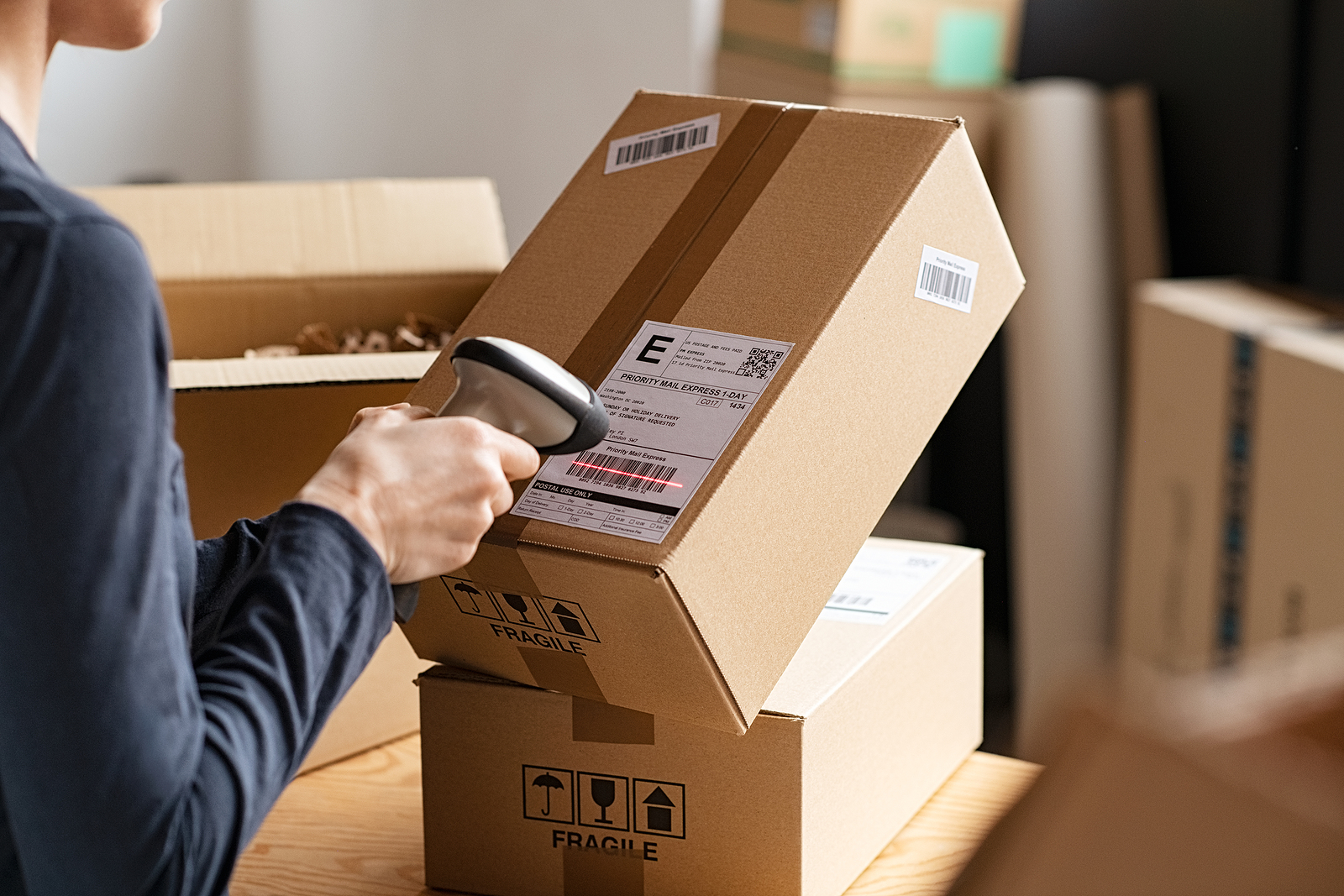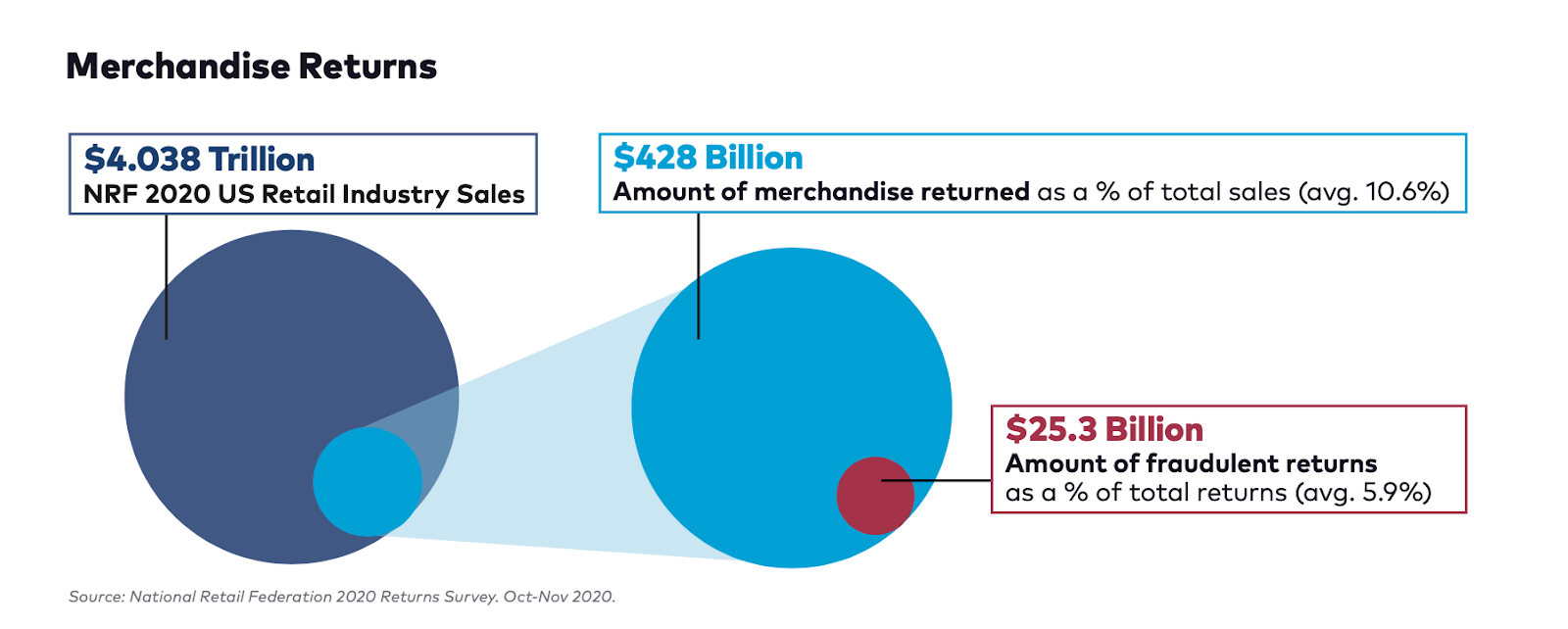By Guest Contributor | June 3, 2022

See why top ecommerce brands use Miva’s no-code platform to run
multiple stores, manage massive catalogs, and grow their revenue.
If you’re selling goods online, there are going to be returns. Across the board, between 15% and 35% of products ordered online by consumers end up being sent back to retailers. A retailer processing a return typically loses about 30% of the sale price, a cost that is absorbed in the form of lost sales, product value, and in some cases, the cost of restocking.
The last thing any retailer wants to deal with—considering the above numbers—is ecommerce returns fraud. Use these methods to learn more about it and to find out what you can do to stop it from happening in the first place.
Returns fraud is a looming issue for the retail industry and has crossed over from brick-and-mortar to online retailers. Recent ecommerce returns fraud statistics find that it cost North American retailers more than $33 billion in lost revenue and global retailers more than $90 billion in 2019 alone.
The highest level of fraud in ecommerce returns comes from merchandise returns, with the National Retail Federation estimating that there was at least $468 billion in returns fraud in 2021. While some of these numbers are representative of brick-and-mortar retail stores, it’s important to note that they include all retail sectors worldwide, including the $4 trillion in estimated revenue ecommerce hauled in this past year. 
In 2020, the National Retail Federation reported that returns fraud resulted in:
The best way to deal with fraud of any type is to put proactive measures in motion that help prevent it from happening in the first place. Here are several different actions you can consider that can help you prevent or reduce fraudulent product returns.
A variety of different returns fraud prevention tools are now available for online retailers, and they have quite a few bells and whistles under the hood. Returns fraud tools are direct integrations into your shopping cart that give retailers the ability to detect, reduce, and prevent returns fraud. These tools can:
Modern return fraud prevention tools are equipped with efficient, self-learning artificial intelligence that make them a valuable addition to your storefront.
One of the surest ways that you can prevent fraud with any online product return is by adding a few simple rules to your returns process. These rules can be implemented into your return merchandise authorization model without too much heavy lifting. Anti-fraud regulations you might consider include:
Putting these simple methods into place now can help you reduce many different instances of return fraud.
You can take things a step further by considering adding the following rules to your returns process:
One last thing you can do to prevent returns fraud is to partner with a payment processor that has your back on disputes and chargebacks. A variety of different payment processors now offer chargeback protection to online retailers.
If you meet the minimum requirements to use these services, consider adding them to the mix to gain peace of mind on all your transactions.
Back to topNo worries, download the PDF version now and enjoy your reading later...
Download PDF Guest Contributor
Guest Contributor
The Miva ecommerce platform powers some of the web’s most spectacular online stores—stores that benefit every day from our relationships with our partners and other valued providers. We work with our network of experts to create fresh, insightful content for all independent merchants. Interested in contributing to the Miva blog? Click below to learn more about our co-marketing opportunities.
Visit Website